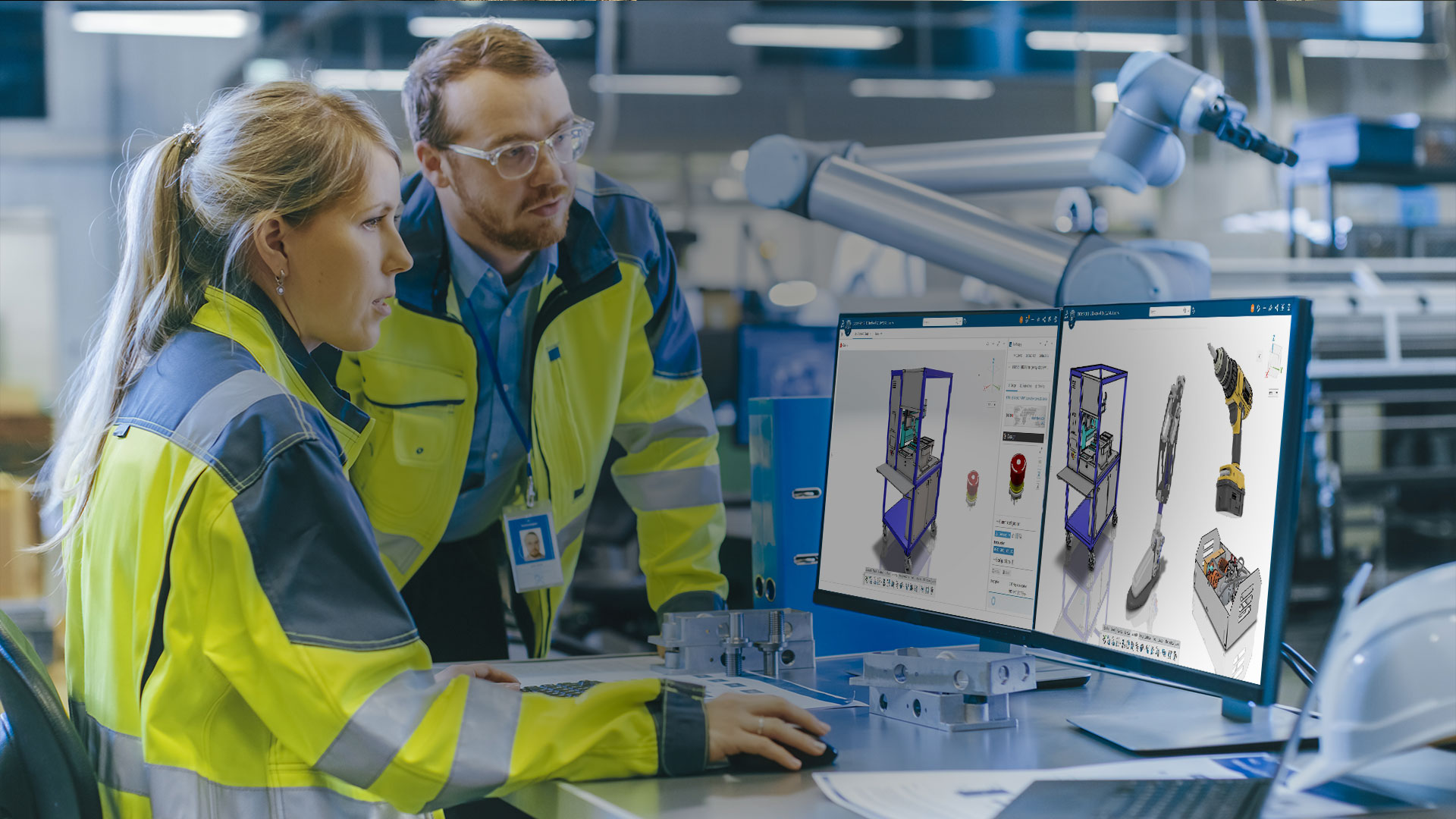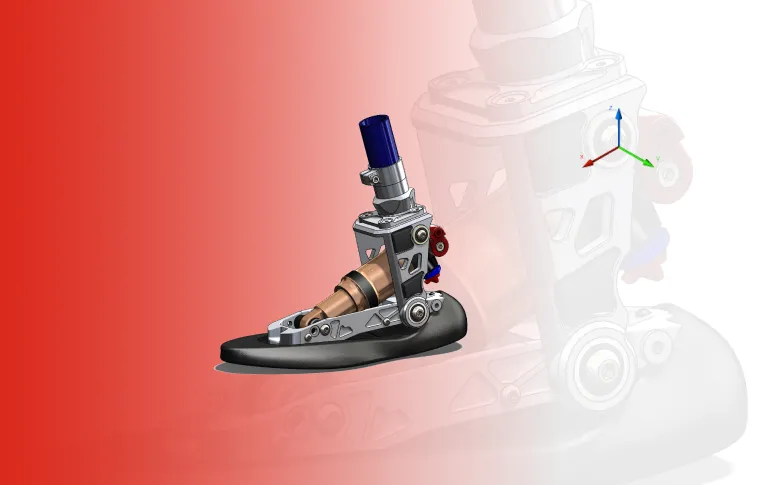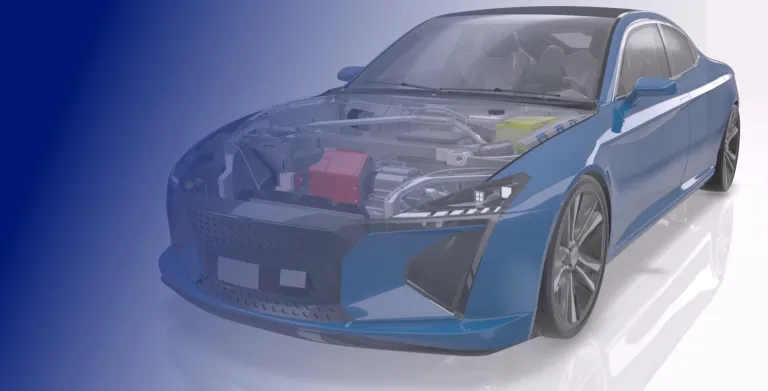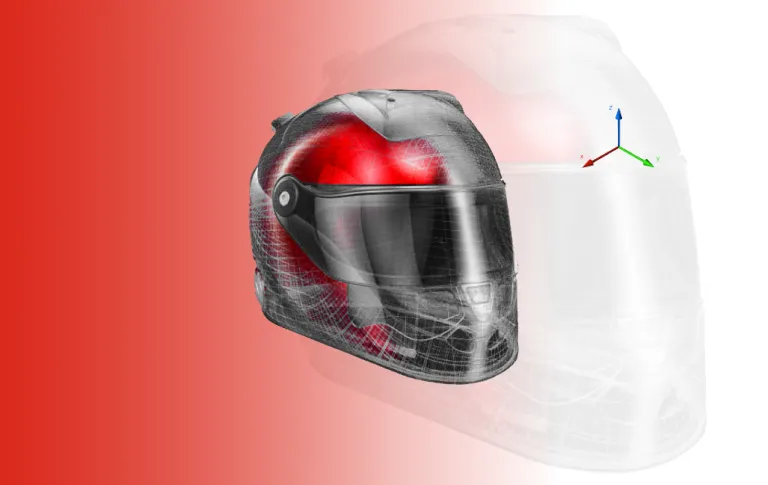Mechanical Designer vs Mechanical Engineer – The differences explained
If you have a creative, analytical, and inquisitive mind, a passion for problem-solving, and a love for design, then you may have considered a career as a mechanical designer or mechanical engineer.
Join us as we take a look into these two professions and scrutinize the skills, career opportunities, and tools involved in those carreers.
Mechanical designer vs mechanical engineer
Both mechanical designers and mechanical engineers play crucial roles in the development of new products and systems. Although there are similarities between them, there are stark differences between the duties of a mechanical engineer and the duties of a mechanical designer.
Mechanical engineers work with other design professionals to take a project from the initial design stages to the final manufacturing or construction stages.
Often referred to as drafters, mechanical designers specialize in using 2D and 3D CAD design software to create highly precise technical designs and digital models.
The illustrations and models that a mechanical designer creates are based on the initial sketches made by the mechanical design engineer. A mechanical designer must follow the specifications and instructions the mechanical engineer provides. The aim of the process is to transform an initial sketch of an object or product into a complex and precise technical design ready for manufacturing.
The Dassault Systèmes solutions for mechanical design

SOLIDWORKS Design
From mechanical 2D or 3D design to manufacturing, accelerate your processes at an affordable price.

Empower smart product design and boost engineering precision

SOLIDWORKS xDesign
Get ready for the next generation of design solution, developed by the same team that brought you SOLIDWORKS 3D CAD
What is a mechanical engineer?
Engineering broadly describes the use of science and technology to design, build, and use machines, structures, and engines. Engineering covers a wide array of careers in the STEM (Science, Technology, Engineering, and Math) fields, from pharmaceutical development to civil engineering to product development.
A mechanical engineer specializes in designing, building, and repairing complete mechanical systems and machines and their components. These systems and machines are usually intended to fulfill a particular function or purpose, such as a piece of medical equipment, an automotive engine, or an aeronautical component.
What do mechanical engineers do?
A mechanical engineer is involved in every phase of developing a product, component, machine, or structure. This includes material selection and part design, product and part testing, manufacturing, and vendor development.
Mechanical engineers use sophisticated 3D CAD modeling software to create the initial designs. The mechanical engineer then tests the designs using structural and thermal simulations generated by CAD software.
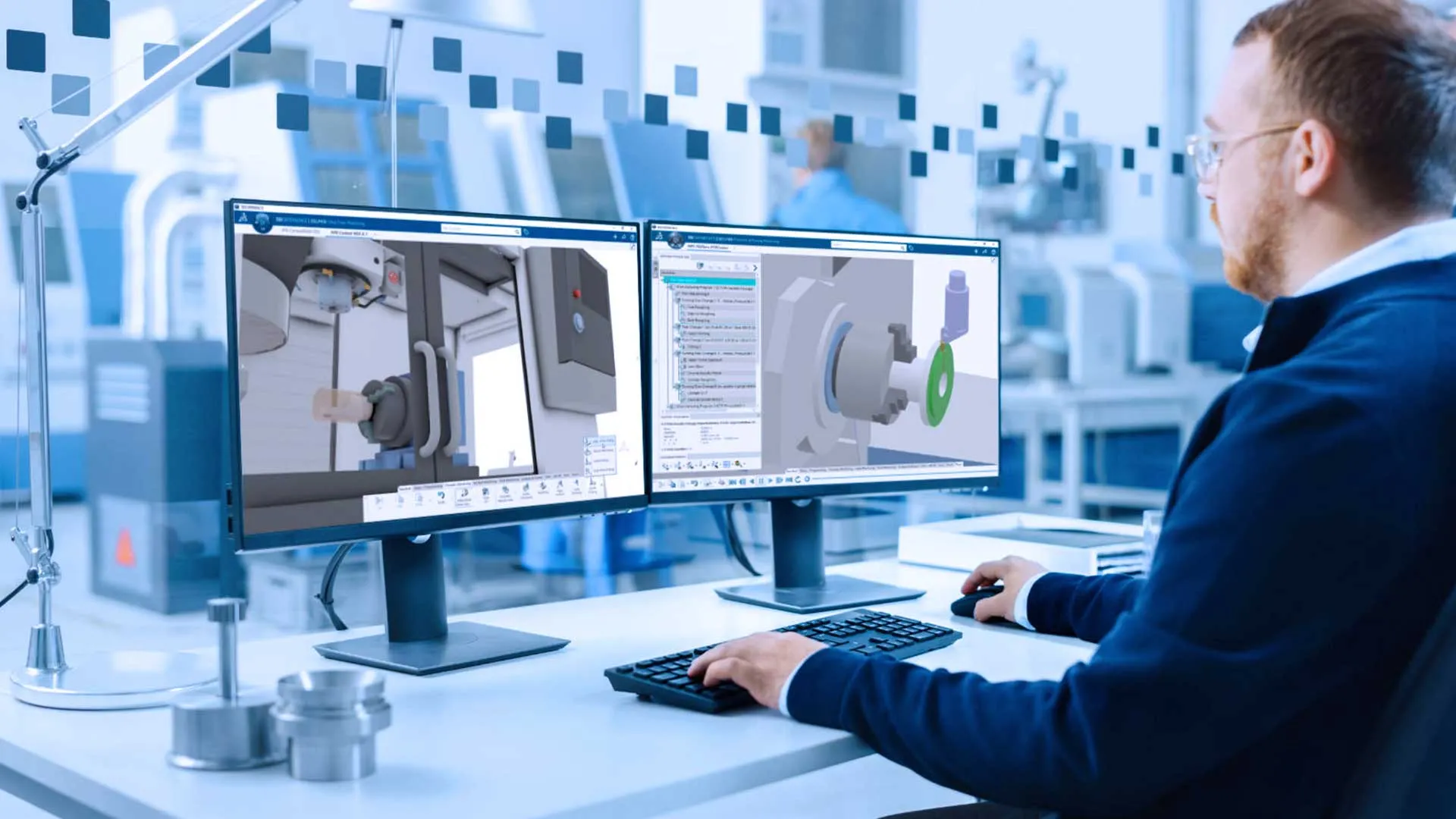
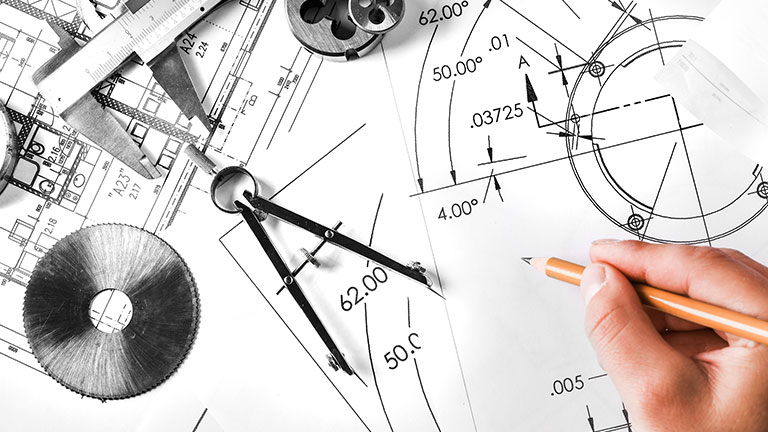
What are the qualities of a good mechanical engineer?
Good mechanical design engineers take a precise and thorough approach to every aspect of the design process. They are equipped with good analytical and technical skills focusing on exceptional knowledge of mechanics, CAD design software, and engineering drawing.
To succeed in their careers, mechanical engineers must have excellent knowledge of mathematics and physics and a high level of computer skills. They should understand every aspect of the machine or system they are creating.
As well as the practical functional aspects of their designs, mechanical engineers must also consider the ease of assembly, the cost of manufacturing, how the object will be disposed of, and other such macro-level factors.
Browse all the Dassault Systèmes store applications
We feature in our store some of our best software to design, collaborate and innovate throughout the entire product lifecycle.
Content related to mechanical design
What is a mechanical designer?
A mechanical designer’s main role is to use CAD software to develop 2D and 3D models and plans based on the initial sketches provided by a mechanical engineer. The plans and models developed by the mechanical designer can then be changed and manipulated to accommodate any design changes or suggestions from the engineering team.
What is a mechanical designer?
Mechanical designers are responsible for ensuring that each part of the production process is consistent and that all measurements, calculations, and specifications provided by the mechanical design engineer are correct. They are heavily involved in the design stages, as well as the research and development, construction, and testing phases.

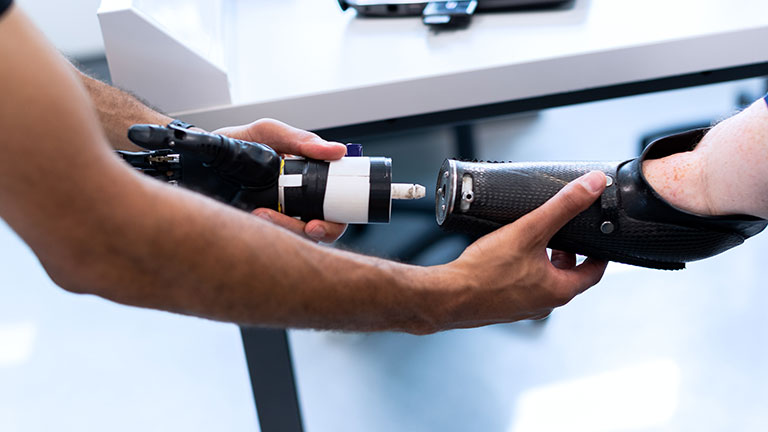
What skills should a good mechanical designer have?
As well as being proficient in the use of CAD design software, a good mechanical designer must be highly creative and have excellent artistic skills. They need to understand the technical aspects of their work, be precise and methodological, and use analytical thinking to arrive at innovative solutions for design problems.
Since they must work as part of a team, mechanical designers must be adept at collaborating and communicating with others. Good diplomatic skills and interpersonal skills are required as mechanical designers must often work closely with other colleagues to develop improvements on initial designs.
Mechanical designer vs mechanical design engineer - Key differences
- Duties
- Education requirements
- Salary
- Skills

Duties
A mechanical engineer is responsible for the initial design sketches of a machine, component, or product and supervisors the entire construction and manufacturing process. A mechanical designer creates detailed technical plans based on the specifications provided by the mechanical engineer.

Education requirements
A mechanical design engineer will usually be required to hold a bachelor's degree in mechanical engineering or another related field. Mechanical designers often are required to hold an associate degree in drafting.

Salary
The average salary for a mechanical engineer is approximately US $85,000 per year. Mechanical designers have an average salary of approximately US $55,000 per year.

Skills
While there are crossovers in terms of the skills required to perform both roles, a mechanical design engineer must possess a higher knowledge of mathematics, physics, and machine design. Mechanical designers often have more artistic and creative skills. Many mechanical design engineers work in the mechanical design field as well.
Mechanical designer vs mechanical engineer : Conclusion and perspectives
Our way of life is made possible by the hard work of specialists like mechanical engineers and mechanical designers. Every day we come into contact with products, vehicles, and structures that are the result of their creativity.
If you are interested in design and have an analytical bent, you should consider a career as either a mechanical engineer or a mechanical designer. Both of these professions are ideal for people who wish to apply their creative and artistic skills to practical applications.
To succeed as a mechanical engineer or a mechanical designer, a thorough knowledge of CAD mechanical design tools is essential. Students of mechanical design are well advised to become proficient in the use of industry-standard design software such as CATIA.
Explore Dassault Systèmes solutions
Discover the powerful browser-based modeling solutions from Dassault Systèmes. You can design whatever you wish, wherever you are with 3DEXPERIENCE.
Connecting data & people to foster innovation
The 3DEXPERIENCE platform on the cloud gives you access to a various set of applications that allow you to design, simulate, inform and collaborate on a project.
Why choose mechanical design software from Dassault Systèmes?
Create using powerful cloud based CAD software
Dassault Systèmes delivers effective, intuitive, and innovative design solutions. All of our powerful design software can be integrated with the 3DEXPERIENCE platform. A truly revolutionary step forward for designers, the 3DEXPERIENCE platform gives manufacturers, designers, and engineers the freedom to reinvent the way they create.
Only the 3DEXPERIENCE platform gives your team the ability to store, share, and simultaneously work on files on one platform. You can work from anywhere, on any device. The cloud allows you to harness the massive power of our CAD tools regardless of the specifications of the machine you are using.


Proven industry experience and effective design solutions
CATIA Mechanical Designer from Dassault Systèmes has been one of the leading CAD design programs for both mechanical design engineers and designers for decades. First developed in the 1970s for the aerospace industry, CATIA is now widely used in manufacturing, consumer product design, architecture and construction, and the automotive industry. Tools such as the CATIA suite of CAD programs are now widely used by both mechanical engineers and mechanical designers in a range of industries.
